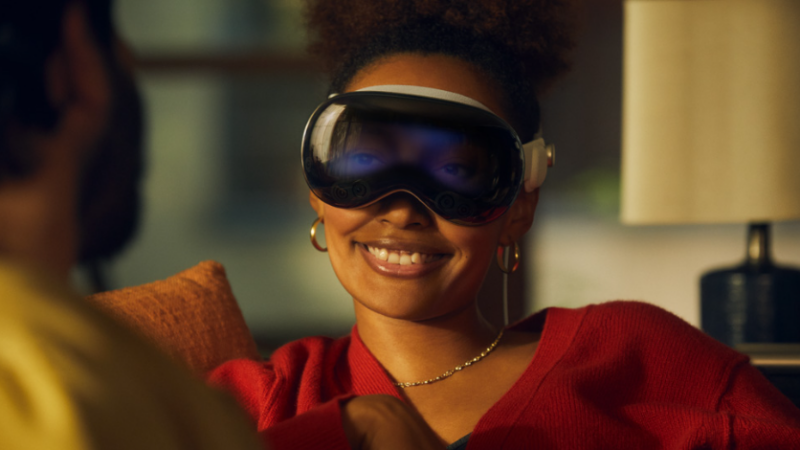Is Apple’s Vision Pro the death of brick and mortar for retail?
Farsiight’s co-founder, Josh Somerville explains how the Apple Vision Pro will impact the retail landscape and if the new virtual reality will see a reduction in e-commerce return rates and the demise of bricks-and-mortar shopping environments.
In a week flooded with news about the price of a Super Bowl ad spot and Usher’s acrobatic half-time performance, reviews started coming in for Apple’s latest innovation and groundbreaking development into spatial computing: the Vision Pro. And in classic Apple fashion, it didn’t need a Super Bowl spot to cause a stir.
In case you missed it, Apple’s Vision Pro headset priced at $3,499 USD brings digital content and blends it into the physical realm with a new kind of virtual reality experience. And while for many of us, getting our hands on Apple’s latest piece of tech might need to wait out the cost-of-living crisis, we do get a glimpse into what the future of retail shopping could look like.


